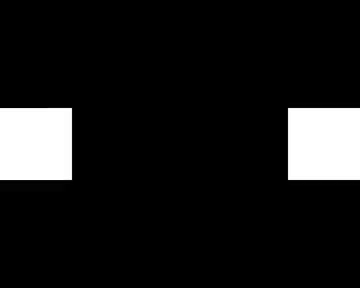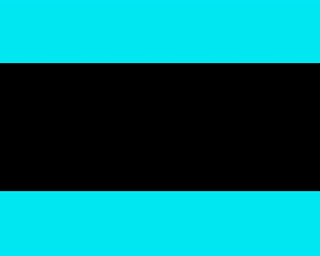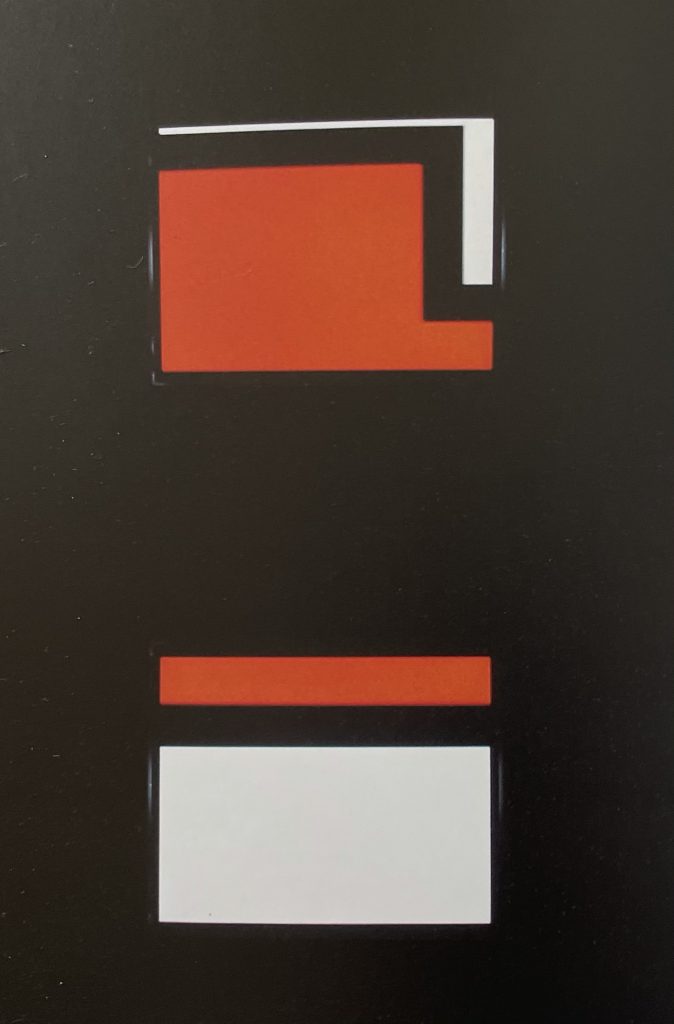Series: Pixel Blocks / Pixel Anims / Matrix Blocks / Power-Ups (2010- ) 1×1 / 2×2 / 4×4 / 8×8 /16×16 / 32×32 / 64×64 / 128×128 / 256×256 / 512×512 / 1024×1024 / 2048×2048 Pixel Resolutions. Colours: Black/ White/Cyan/ Magenta /Yellow /Blue /Red /Green . Power-Up animations vary in animation frequency and colour order. Pixel Blocks are plain colour static images in each of the colours and each of the pixel resolutions. Matrix Block animations and static images are multiple blocks divisions within each image (Colours: Black/White/Cyan/Magenta/Yellow/Blue/Red/Green), 1×1 / 2×2 / 4×4 / 8×8 /16×16 / 32×32 / 64×64 / 128×128 / 256×256 / 512×512 / 1024×1024 / 2048×2048 Pixel Resolutions, multiple frequencies.

Block Anims (2011) The block animations are framed and influenced by the technical restrictions of early computer games that had started to make a significant impact on mainstream culture while I was growing up in the late 70s and early 80s. 8-bit processor computers defined the look of these games through blocky pixelated graphics and highly saturated 8-colour palettes. These games created abstracted worlds where simple graphic forms were assigned meaning and value depending on context: it could be a shape that in one game it is read as a tennis ball and assigned physics associated with a ball, in another it is a bullet that the player takes actions to avoid, or in another context could be an item to collect for extra points.
When I make paintings some of the issues closely relating to the experience of playing and developing games emerge; painting has been informed by a digital backdrop where XY screen coordinates come to mind as readily as the verticals and horizontals of a canvas stretcher and the automatic response is to look for CTRL+Z function when a brushstroke fails.

The digital animations take on much of the lexicon of early 8-bit games but are stripped to the point where abstracted objects become simple squares and the palette can be limited to 2-colour. The animations make reference to games but are not interactive and the tight loop accentuates the repetition to the point where the flicker starts to take on the permanency of a static image.

Block animations (2008) The environment is described with limited means; using the pixel as the basic building block, restricting the palette to three colours, and accentuating the artificial, mesmerizing quality through a continuous loop. Strong references are made to early 1980’s 2D computer games; mazes, routes, maps, platforms from games such as Dig Dug, Defender, Mario, and Donkey Kong, and more currently to the application of virtual maps in smart bombs during the Gulf War and navigation systems used in cars. A mental map is quickly built up through partial exposure to the overall environment during the animation, as we do playing a computer game, watching a film, or through real life, and this is reinforced through repetition. Lack of visual markers along the way lead to the breakdown of the feeling of motion, and the similarity of many of the components confound the viewers sense of position at a given moment.

Block animations (2010) ‘Loop’ – recently exhibited in ‘Dawnbreakers’ at the John Hansard Gallery – consists of two video screens placed one above the other and spaced apart, running separate digital animations on a loop. The physical gap is countered by an impulse to bridge the divide. Shared features create perceptual links; side-scrolling movement, a limited colour palette, and recycled pixellated scenery. Recurrent elements are derived from experience of working with technical hardware restrictions when developing Computer Games at Sony. ‘Loop’ reflects a fascination with the proliferation of technologiessuch as SatNav and the Apple iPhone which demand a fluid reading and processing of multiple layers of abstracted visual information.






















